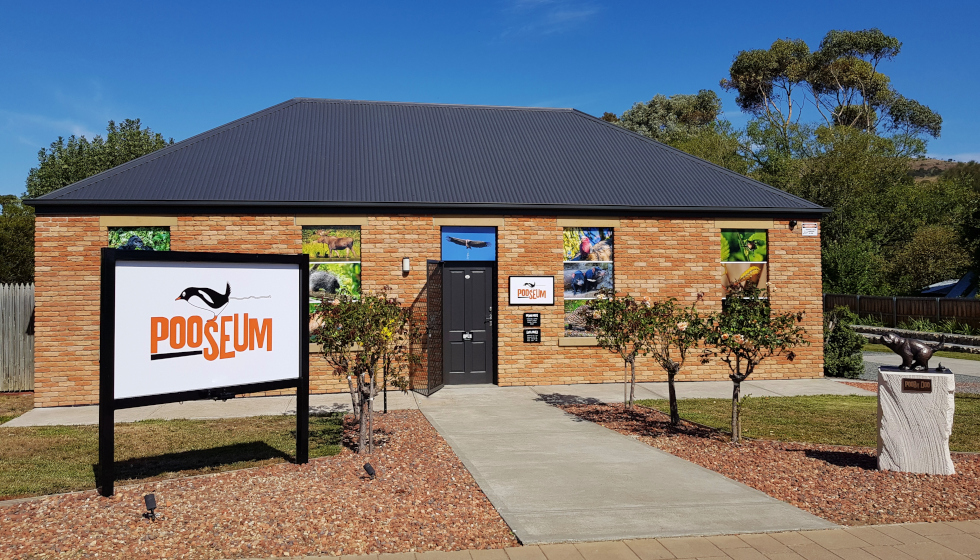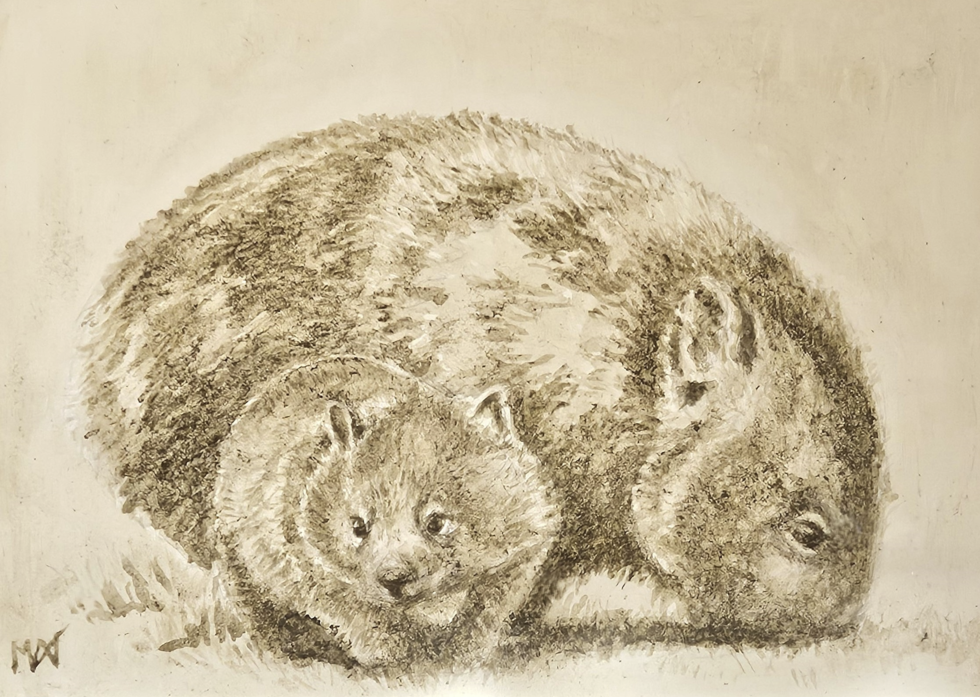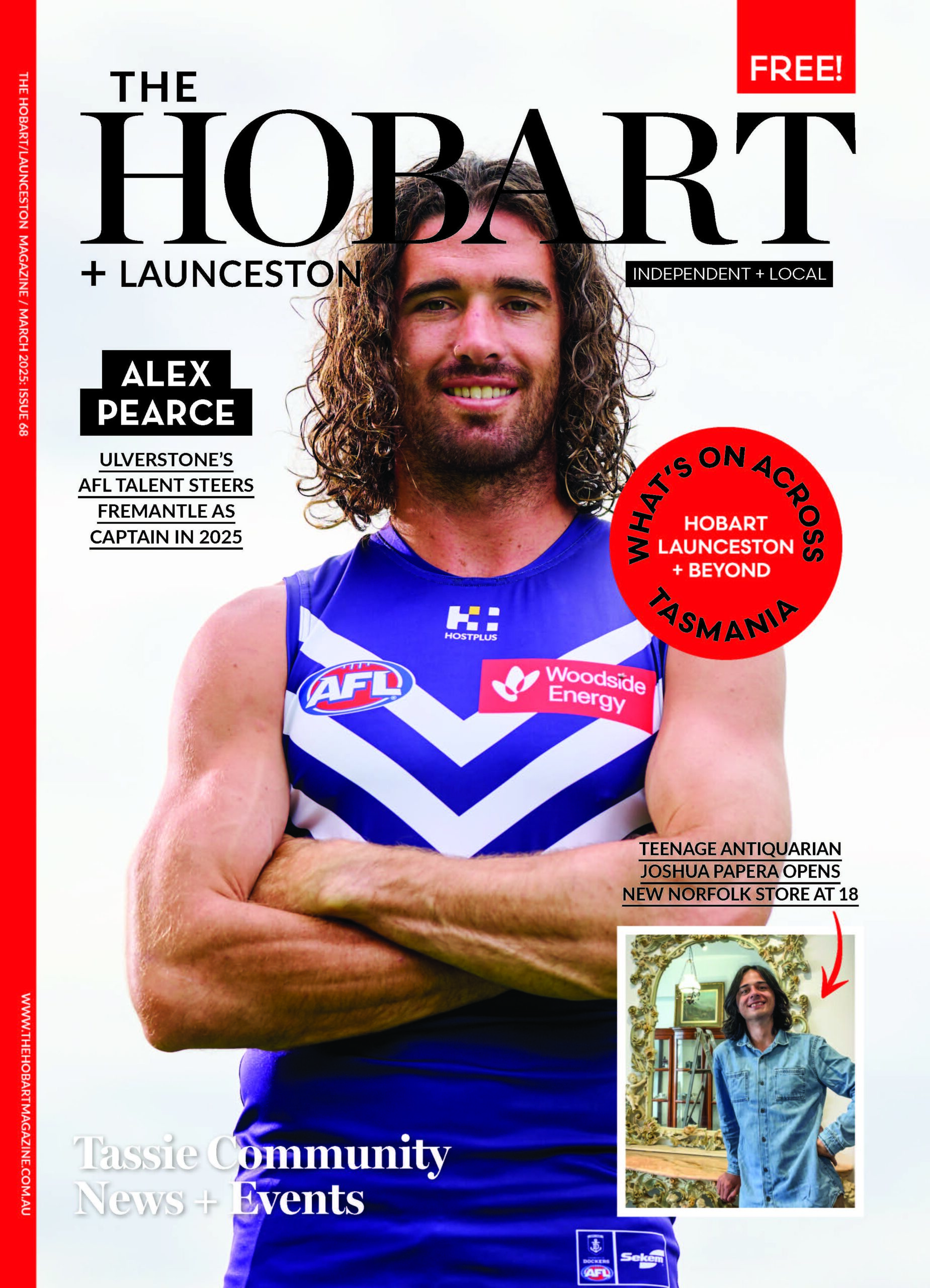From the Loo To the Louvre
by Hobart Magazine

Karin Koch is the creator of the Pooseum in Richmond, a science museum dedicated entirely to the intriguing world of animal droppings. She got the idea from reading about a small caterpillar that can launch its poo up to 1.5 metres away.
How do people react when they discover that you own a poo museum? Utter disbelief. They think I’m joking. The good thing is I can quickly back up my claim by presenting a range of cool poo facts.
How has the Pooseum been embraced over the years? At the beginning, it wasn’t easy. People came in for a quick laugh, expecting jokes and toilet humour instead of a science museum. Some came in thinking it was a shop selling wool products, reading “possum” instead of “Pooseum”! It took a lot of hard work, and still does, to open people’s eyes to a niche part of the scientific world that they probably have never thought about before. Nowadays, it’s much easier. Most visitors come because somebody recommended the Pooseum to them, or they have been following the museum’s Facebook page, where I share interesting facts at least once a week.
What are the unique challenges to owning a poo museum? While the museum has been enthusiastically embraced by the general public, so far it has been impossible to find support from the government or the business world. There is no public or private funding available for a museum like mine that would, for example, pay for the acquisition of more expensive educational exhibits. I have so many ideas and the knowledge and passion to turn them into reality, but having to finance everything from selling entry tickets is limiting.

What is one of the weirdest animal poo facts you know? In a naked rat-mole colony, the queen gives birth to all the babies. She then feeds her hormone-laced poo to sterile female workers, who – thanks to the ingested oestradiol – develop motherly feelings and will happily look after the queen’s young.
Which Tasmanian animal has the most interesting poo? No doubt, it’s the wombat with its cube-shaped poo. The intestine of an adult wombat can reach a length of up to 10 metres, with the distinct poo shape forming in the last section. The elasticity around the circumference of the intestine varies due to alternating thick and thin muscle bands. This, combined with other factors such as slow digestion and a high water reabsorption rate in the colon, all contribute to creating these unique poo shapes.
This year the Pooseum is organising a poo painting competition. Tell us a bit about it. The Poo-tastic Tasmanian Paint Off, I am quite confident, is the world’s first-ever poo painting competition. This artistic challenge invites all Tasmanian artists, both professional and amateur, to explore an often overlooked material: animal poo. Poo is frequently dismissed as something too gross to talk about, but it actually has a wide variety of applications. It’s commonly used as a fertiliser by gardeners and farmers. With the help of anaerobic digesters, it’s suitable for producing biomethane and electricity. The dung of herbivores, with its high content of undigested plant fibre, can be utilised for making bricks, paper, crockery, furniture, and even clothing. In some countries, cow and buffalo dung is still used for cooking, heating, as a building material, and during cultural ceremonies. The Pooseum exhibits several alcoholic beverages infused with animal dung. In medicine, a faecal transplant can help restore a person’s or animal’s healthy gut microbiome.
Over the past six years, the Pooseum has actively integrated poo into art, commissioning Australian and international artists to create outstanding works from animal waste. I’m now very excited to invite all Tasmanian artists to contribute their own visions. Participants are encouraged to source poo from diverse origins, be it domestic pets, farm animals, wildlife parks, zoos, or the outdoors. This offers a versatile palette for artistic expression.
How can people enter? For details about the competition and how to enter, please go to www.pooseum.com.au/competition. Just a reminder though for any aspiring participants: there are many diseases that can be transmitted by animal faeces. I highly recommend always handling faeces with gloves and wearing a mask while painting. *Note: artwork to be painted with real animal faeces (no human faeces permitted).

